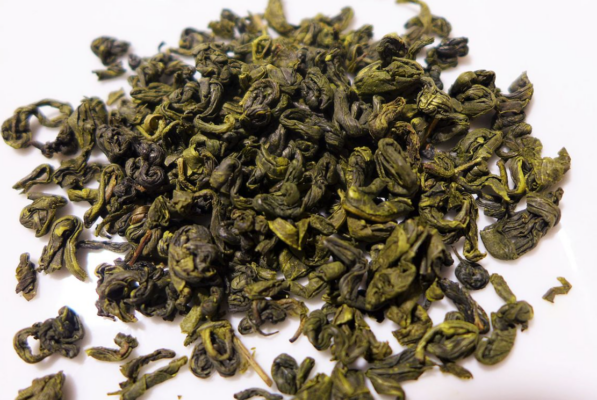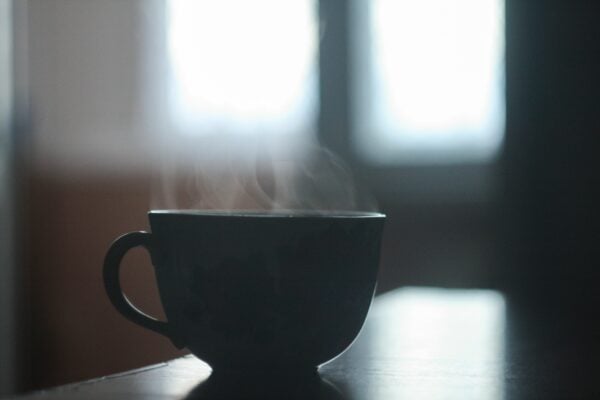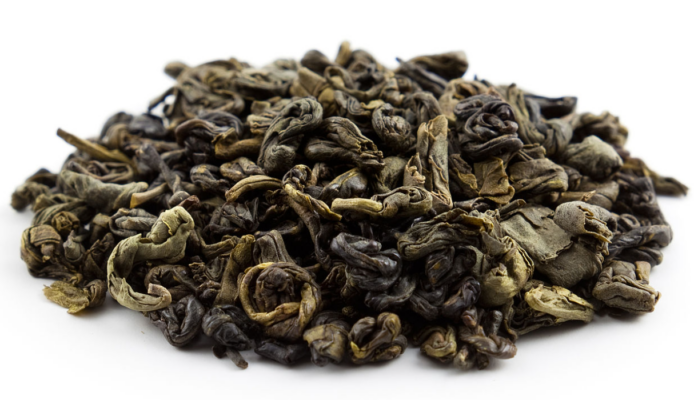The origins of oolong tea, a mixture between black or green tea depending on the oxidation levels that comes in many flavorful variations, like most other teas, is hidden in myth and legend. But even if it’s true beginnings aren’t certain it is worth exploring how oolong tea rose to prominence, in particular in Southeast Asia, and increasingly more in the Western world.
The name Oolong itself is derived from the Chinese word ‘Wu’ meaning ‘black’, and ‘Long’ meaning ‘dragon’, most likely because of the tea’s dark leaves. The tea itself is believed to hail from the Fujian province on the Southeastern coast of China where a 1857 text by Shi Hongbao first described this tea as ‘oolong’, but there are three distinct theories of how oolong tea exactly came to be.

The first is that the tea was originally cultivated in the luscious Wuyi Mountain region of Fujian during the 16th century Ming Dynasty, as the production methods are detailed in texts of the time (although it wasn’t referred to as oolong yet).
Another explanation that has found popularity is that oolong tea was invented in the Anxi region of Fujian where a man named “Sulong, Wulong, or Wuliang”, a keen hunter with dark skin who was nicknamed “dragon”, who forgot to tend to the tea leaves after being distracted by a deer, after which the tea leaves already started to oxidate. Not wanting the leaves to go to waste the man seemingly accidently stumbled on this new flavor. A similar story exists where the deer is replaced by a snake who scared the farmer away from his tea leaves, only to later recover them as they were already oxidizing.
The final theory is that the history of oolong can be traced back to Beiyuan tea, the earliest tribute tea (given to an emperor or people of nobility) in Fujian more than a thousand years ago during the Northern Song dynasty. This tea consisted of the leaves being compressed into cakes, and one story is that black dragon symbols were pressed into the cakes. After these tribute cakes ran out of style with later dynasties, the production process changed to more traditional methods and received the name oolong.
Today, oolong tea still is cultivated predominantly in the Fujian region of China, as well as the Guangdong region and Taiwan. Some of the most prestigious and famous Chinese teas, like Da Hong Pao (‘Big Red Robe’) or Tieguanyin (‘Iron Goddess of Mercy’) are oolong teas.



